Understanding Magic Water
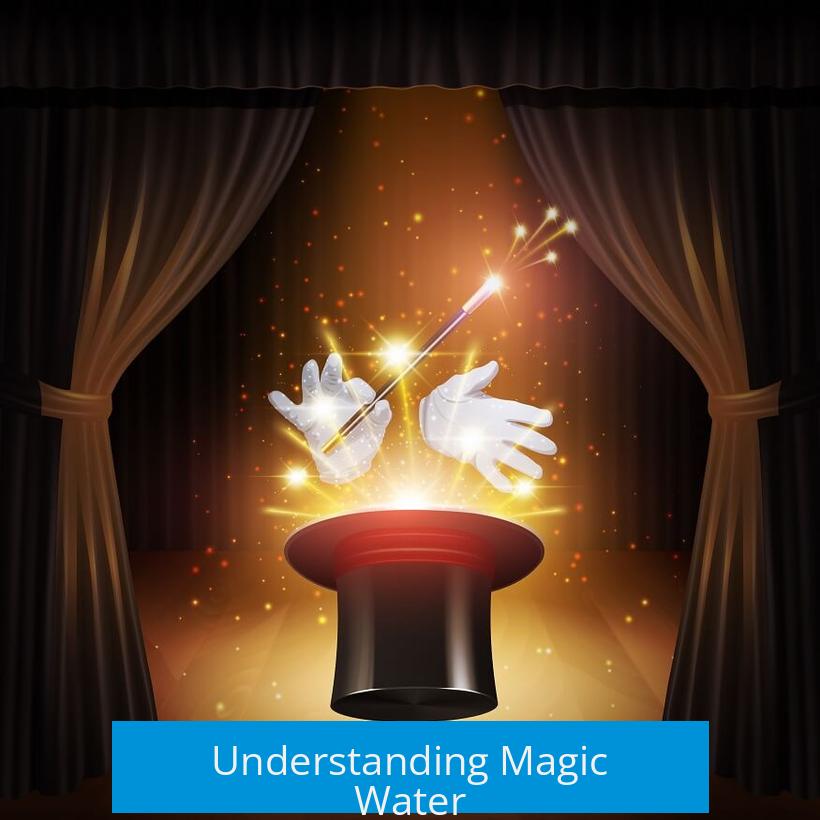
Magic water commonly refers to water that exhibits unique or enhanced properties beyond those of regular water. These properties can vary widely depending on context—from chemical compositions to effects in solutions used in science or alternative practices. Without a specific definition, the term remains broad.
Chemical and Physical Characteristics
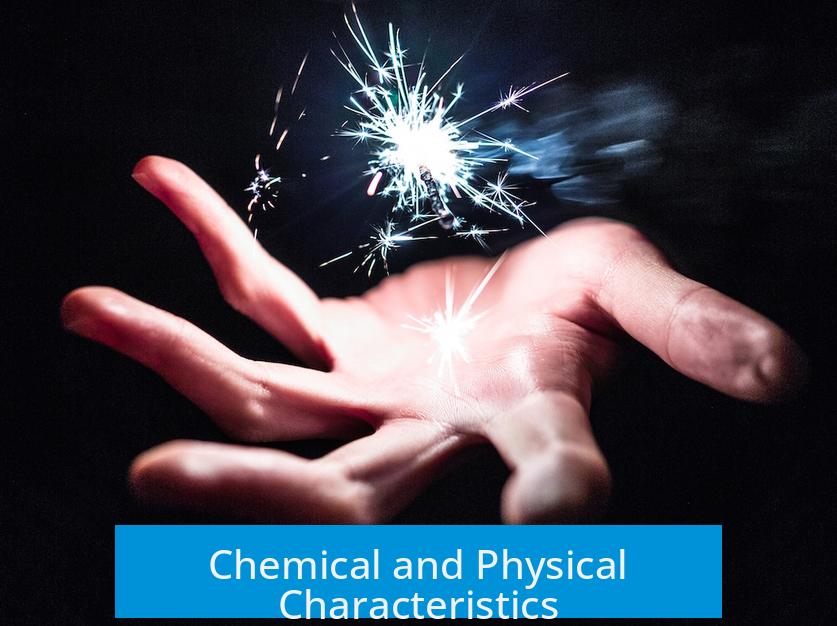
- Water’s chemical formula is H2O, consisting of two hydrogen atoms bonded to one oxygen atom.
- In scientific terms, “magic water” might imply water with dissolved compounds or altered properties, such as increased conductivity, pH changes, or presence of minerals.
- Manipulating water’s structure at a molecular level can influence solubility, freezing point, and reactivity.
Uses and Contexts of Magic Water
The notion of magic water appears in diverse fields:
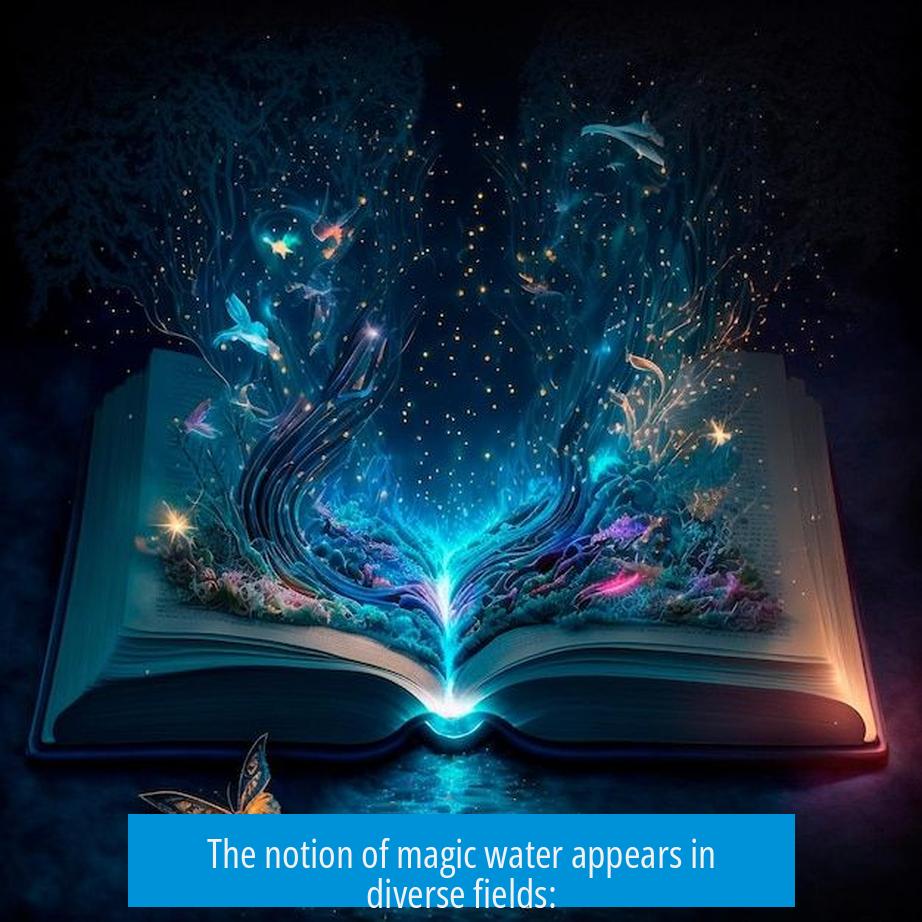
- Laboratory solutions: Water modified with chemicals for specialized experiments.
- Spiritual and alternative beliefs: Water claimed to have healing or enhancing properties.
- Industrial applications: Treated water used for cleaning or cooling with different chemical profiles.
Scientific Considerations
From a chemistry perspective, the term “magic water” lacks a precise scientific meaning. Instead, researchers discuss water’s behavior based on measurable parameters like pH, electrical conductivity, and dissolved substances. Claims outside measurable parameters usually require critical examination.

Summary of Key Points
- Magic water is not a defined chemical term but can describe water with altered or enhanced properties.
- Typical scientific references limit to water’s chemical composition and known physical characteristics.
- Applications range from scientific solutions to cultural or spiritual contexts.
- Critical evaluation is necessary when encountering claims about special effects of water.
Unveiling the Magic of Magic Water: How a Simple Liquid Can Be Your Best Helper
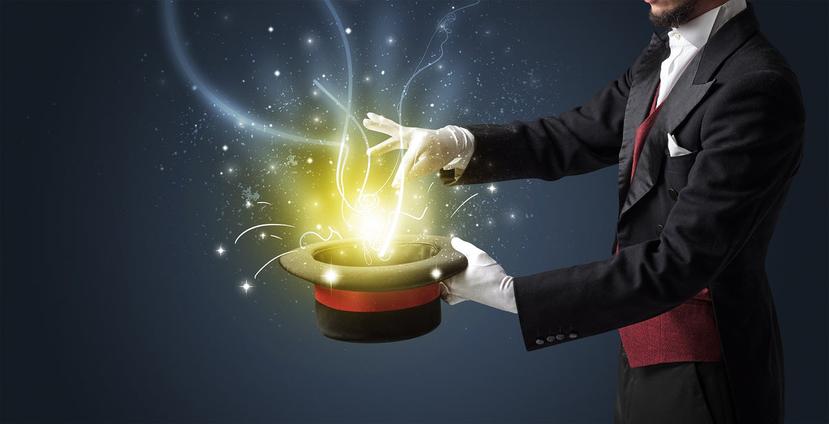
Magic Water (Help) might sound like a phrase straight out of a fantasy novel, but the truth is, it’s an everyday hero waiting to make your life easier. What exactly is Magic Water? It’s a playful nickname for water when it acts like a magician’s assistant—transforming, revealing, or even solving little mysteries around us.
If you’ve ever stared at a clear substance wondering if it’s just water or some sort of liquid sorcery, you’re not alone. People often think of Magic Water as a secret DIY ingredient, a scientific marvel, or even a mystical solution for everyday problems. Let’s dive in (pun intended!) and explore what this “magic” is all about, how it can help, and why it’s worth your curiosity.
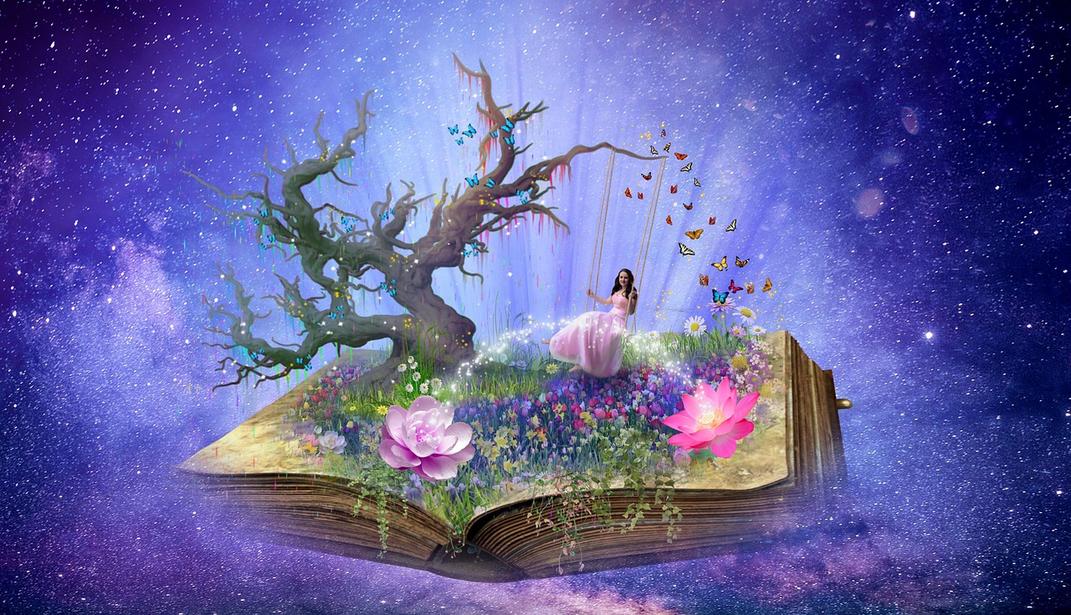
What Makes Water “Magic”?
Water doesn’t just quench thirst; it plays a starring role in chemistry, biology, cooking, art, and even cleaning. The magic part starts when you use it cleverly.

- Chemical reactions: Water is a universal solvent. It dissolves more substances than any other liquid, making it the perfect catalyst for reactions.
- Transformation helper: In cooking, cleaning, or science experiments, adding water causes surprising changes. Think of it like the quiet assistant in a magic show who makes the biggest reveals possible.
- pH indicator magic: When combined with certain ingredients—like food coloring or red cabbage water—water changes color depending on acidity or alkalinity. That’s where the “magic” truly shines.
Ever heard of food coloring being used to make “magic water?” It’s not just for livening up cupcakes. Dropping a touch of food coloring into plain water can start chemistry experiments at home. For example, mixing yellow and red dyes simulates the color of tea, providing an easy way to simulate or test liquids without brewing an entire pot.
How Magic Water Helps in Real Life
Believe it or not, this humble magical liquid has practical uses that can simplify tasks and impress guests.
Take the example of food coloring. You can easily disguise water as juice, tea, or any colored drink without the calories or caffeine. It’s safe and non-toxic, so kids’ science projects involving water and color are foolproof. A drop of food coloring evaporated onto a surface can even help you identify water spots or test moisture in a surprisingly cool way.
Have you ever struggled to get colors right in art? Mixing basic food coloring with water lets you experiment endlessly with tints and hues cheaply. It’s like having a mini painting studio right in your kitchen.
In science education, Magic Water is a fantastic, hands-on tool to teach concepts like pH levels, solution chemistry, or evaporation. The Perfect mix of simplicity and visual appeal can spark curiosity in learners of all ages.
But Why Use Food Coloring with Water?
“Use food coloring. Safe, super cheap, very easy. Why make it more complicated?”
That line pretty much sums it up. Food coloring transforms the plain and boring water into an interactive magical potion. Not only is it inexpensive, but it’s also readily accessible. You don’t need to hunt down exotic chemicals or ingredients to harness this magic.
The process is straightforward: add just a drop or two of food coloring to water or evaporate it onto a surface to trigger color change effects. The safety note deserves a shout too—since food coloring is non-toxic, it’s safe even for kids’ projects, adding peace of mind for parents and educators alike.
Practical Tips and Experiments to Try with Magic Water
Ready to put Magic Water to work? Here are some simple ideas you can try at home or in a classroom:
- Tea Color Approximation: Mix yellow and red food coloring just right to mimic the warm amber hue of your favorite tea. Use this for visual demonstrations or fun drinks.
- pH Indicator Experiment: Use water soaked with red cabbage or add food coloring to test acidity levels. Different colors will pop up according to the liquid’s pH.
- Evaporation Test: Place drops of colored water on various surfaces. Watch how drying patterns form and think about how evaporation affects them differently.
- Artistic Water Play: Mix food coloring with water to create vibrant watercolor paintings or try color blending experiments.
All of these experiments use the basic principles of Magic Water: it is water combined with a tiny bit of color, and suddenly it’s a gateway to learning, fun, and discovery.
Is Magic Water Just a Gimmick? The Science-Backed Proof
Far from being just a party trick, Magic Water is grounded in science. Water’s ability to dissolve, carry, and reveal is well-documented. Food coloring serves as a safe, visual aid to enhance understanding of these properties.
For instance, food coloring behaves as a harmless dye, highlighting water patterns and chemical reactions easily visible to the naked eye. When you track how colored water evaporates on surfaces, you are witnessing physics in motion.
So, anytime you see Magic Water doing its thing, remember it’s not magic – it’s science with a simple twist of creativity.
Final Thoughts: Can Magic Water Really Help You?
Magic Water (Help) is less about some mystical liquid and more about how you choose to use good old H2O and a pinch of imagination.
Whether you want to teach kids about acidity, create art, trick your taste buds, or just have some fun, this “magic” is accessible, safe, and versatile. Next time you pour a glass of water, ask yourself: could this simple liquid be my secret weapon?
When life gets complicated, sometimes a drop of Magic Water is all you need. So, grab a bottle, some color, and let curiosity lead the way. After all, who knew the magic was in your kitchen all along?
Need more inspiration? Check out pH indicators for how this magical liquid helps scientists every day.
What is Magic Water used for?
Magic Water is typically used to remove dirt and grime from items like tools or equipment quickly. It acts like a cleaning agent without needing scrubbing.
How do I apply Magic Water properly?
Simply pour or spray Magic Water onto the surface you want to clean. Let it sit for a few seconds before wiping or rinsing it off to achieve the best results.
Is Magic Water safe for all materials?
Magic Water may not be safe for sensitive materials. Test it on a small, hidden area first to avoid damage to fabrics, wood, or painted surfaces.
Can Magic Water be used repeatedly on the same item?
Yes, you can use Magic Water multiple times on the same item. However, avoid overusing it if the material shows signs of wear or damage after cleaning.


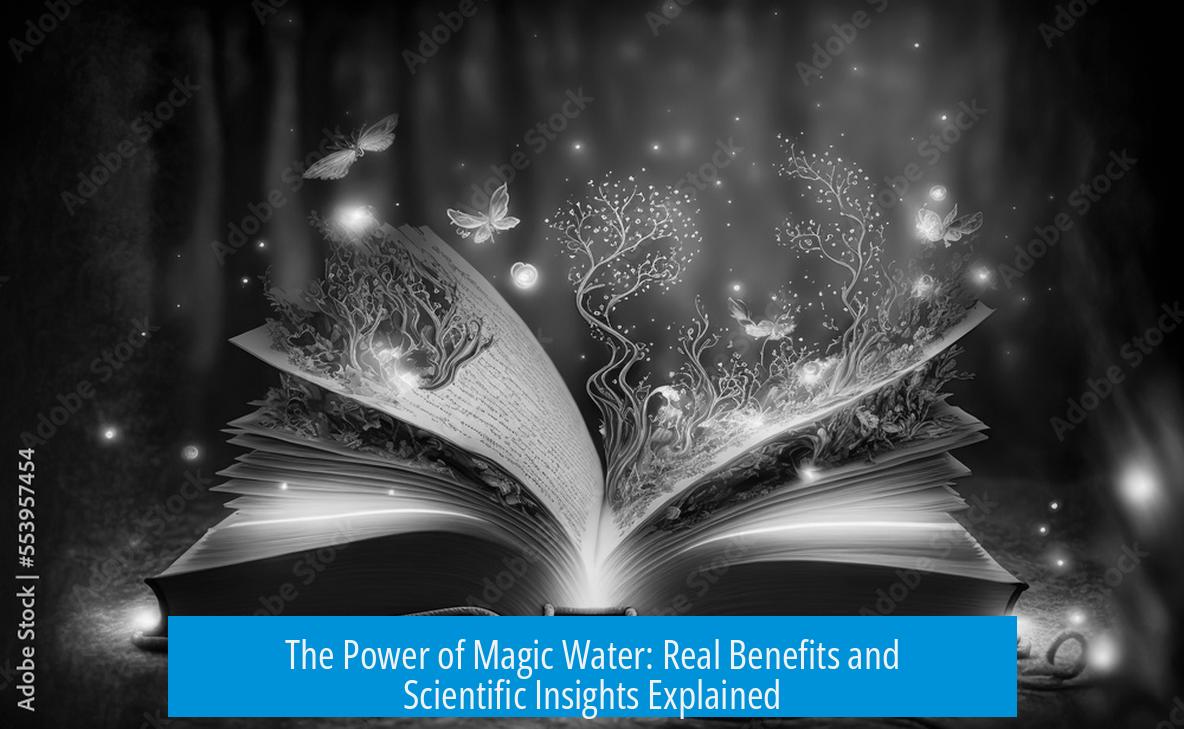
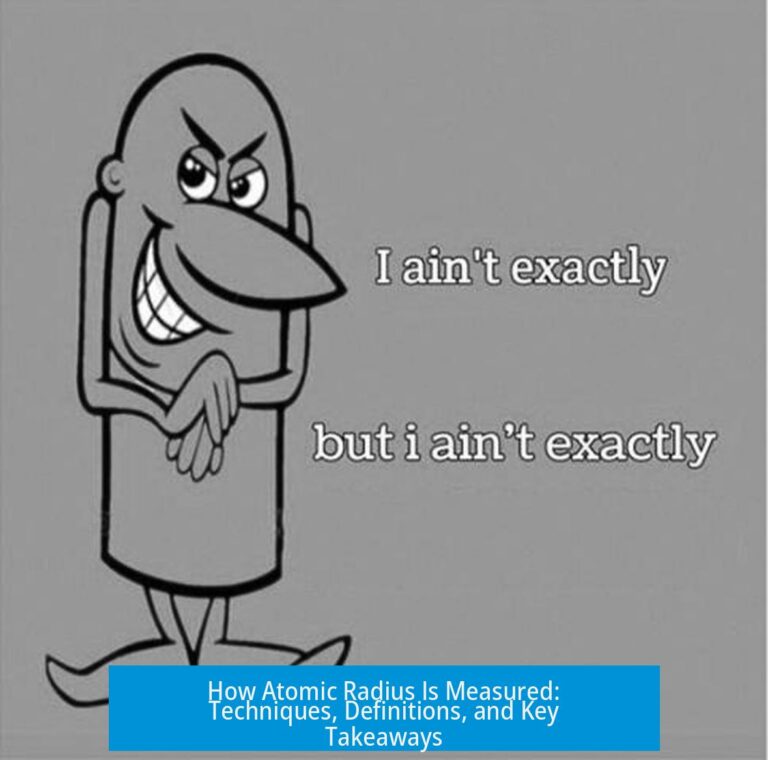
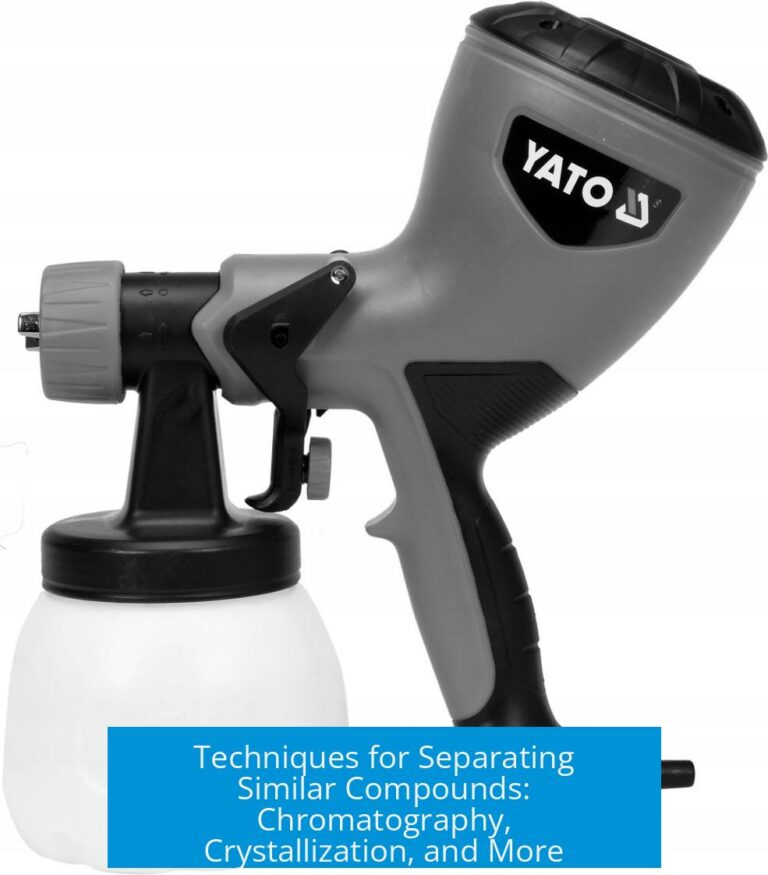
Leave a Comment